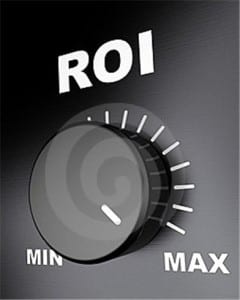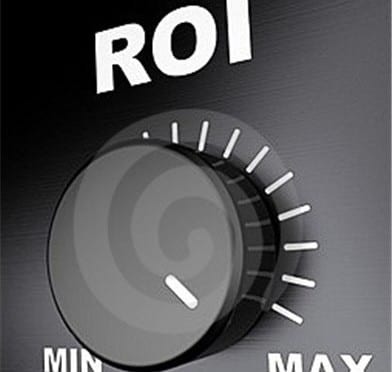Ever since I have stepped into the MBA world, right from admission to today as a 2nd year student at IMI, I have always heard that ROI is one of the most used measures that help students to select b-schools. However, is the ROI concept any good or is it even valid? Is ROI a simple mathematical figure or does it contain subjectivity too where such simple statistics don’t simply work.
• I want to start this discussion by defining ROI in the perception of an aspirant “It is average package or median package of a b-school, is direct proportion to the amount of fees paid in two years”
Let us define the ratio as “R” and ROI as F(R)
1. {If R>1 then F(R) = “Excellent B-school”}
2. {If R=1 then F(R) =” Good B-School”}
3. {If R<1 then F(R) =” Bad B-School”}
Simple.. isn’t it? Or are there any flaws with such a direct ratio-proportion analysis?
• Let us consider the expenditure part of a b-school by defining certain parameters
E= fees for 2 years excluding mess and hostel
L= Living expenses spent in two years
O = Opportunity expense by studying in a b-school and not earning for two years (considering 0% increase in salary)
Thus the total investment is T=E+L+O
• Let us now consider the fees of IIM Ahmedabad
E= 14.41 lacs (revised fees for 2011-2013)
L=1.59 lacs (an estimated figure, highly variable person to person)
O= ranges from 0 to as high as 20 lacs, let us take ZERO for two years
T= 14.41+1.59+0+ 2lac for hostel
T= 18 lac without opportunity cost and T = 38lacswith 20 lac opportunity Expense.
Now, let’s assume that IIM Ahmedabad students get average salary of around 18 lacs. This means that R =1 for freshers and R < 1 for Work ex guys. Thus, arguably the number 1 college in India is truly NOT GOOD on these terms. Do you still believe in this? In any case, read ……..
Some pointers for adding subjectivity to ROI
1. Brand Name:
Most of the top b-schools have very good brand name, adds value to one’s resume, and hence increases the market value of a person.
2. Learning:
Learning is the biggest asset , that B-schools provide , best of the education via best of the faculties , which not only has short term value but rather a lifelong value add , the knowledge is what differentiates a person from a good b-school to an average b-school, hence increasing employability of a person.
3. Opportunity:
A b-school provides opportunity for a person to switch into a domain of interest like finance say from IT, which normally a person would not get a chance to, or MBA can put a person on a fast track for a higher level position within a current domain, or one can get guidance about one’s own start up from best of the minds in India.
4. Networking :
One of the biggest value add from a b-school is networking, which provides accessibility to people who are well established in the industry , who can not only provide intellectual guidance but also many opportunities which one may leverage to build a successful career .
5. Dynamic Pedagogy:
I Strongly believe that the pedagogy followed by PGDM programs in India are the most dynamic in nature , constantly changing to meet the needs of the industry , which overshadows university MBA programs , barring a few by a huge margin
Many say the private B-schools are expensive, have huge fees, but do the upcoming managers think why the fees is high or what are the resources that B-schools are spending on ?? So, here are the ….
Reasons why the fees can be high
1. Faculty:
I am a student of IMI Delhi , so I have some information about why IMI’s fees is touching double digit mark , IMI is known as the one of best paymasters for faculty in India , which is a resource to attract the best faculty in India , please visit the website and check if the facts are wrong.
In a country where there is dearth of good faculty, to attract the best talent, a higher price has to be paid by a “Private Institute” as compared to let us say a government one.
If a student after MBA from a b-school expects his /her package to be in double digit mark , please consider the market value of some of these professors , who have multiple post graduations , more than 10 years of work experience in the corporate world or in the teaching domain
2. Material Resources:
Most of the good b-schools in India make use of best of the case studies from Harvard Business School to Kellogg etc, to teach students, and all of these come for a price.
I am just defining a few parameters that can be causes of the fees being high, or so called ROI being low, but how about ROI over the longer period of time, or how will a person measure the knowledge gained, or network formed, or guidance one gets in two years, or the opportunity to follow one’s interest, increasing one’s skill sets.
Can we have mathematical values for the points above? May be… or…. maybe not..
So is ROI of a b-school a simple ratio-proportion problem or is it more complex and needs more thinking is for you to decide…………


Leave a Reply
You must be logged in to post a comment.